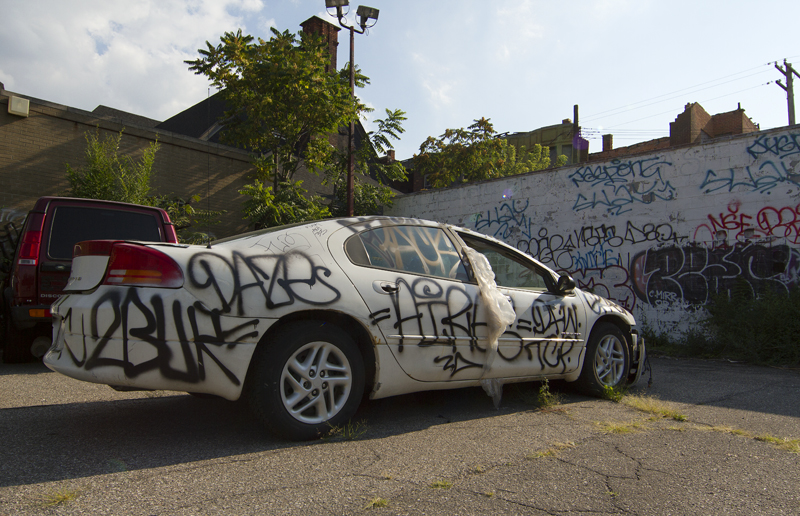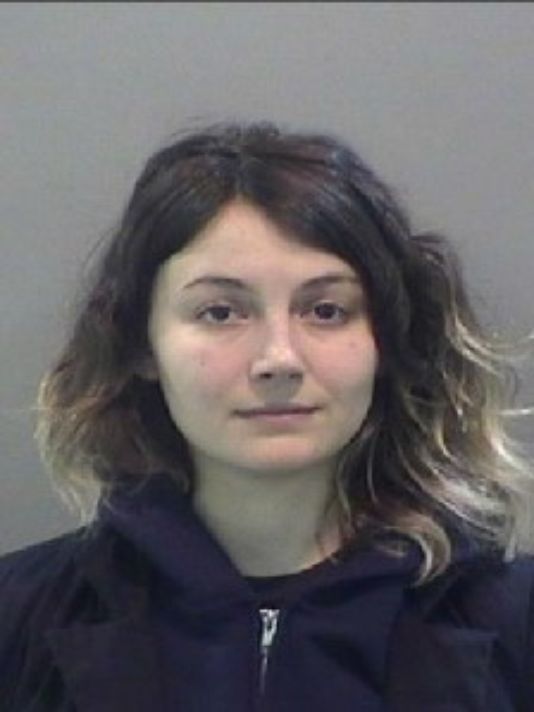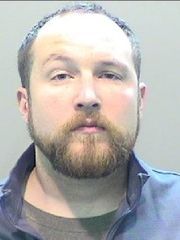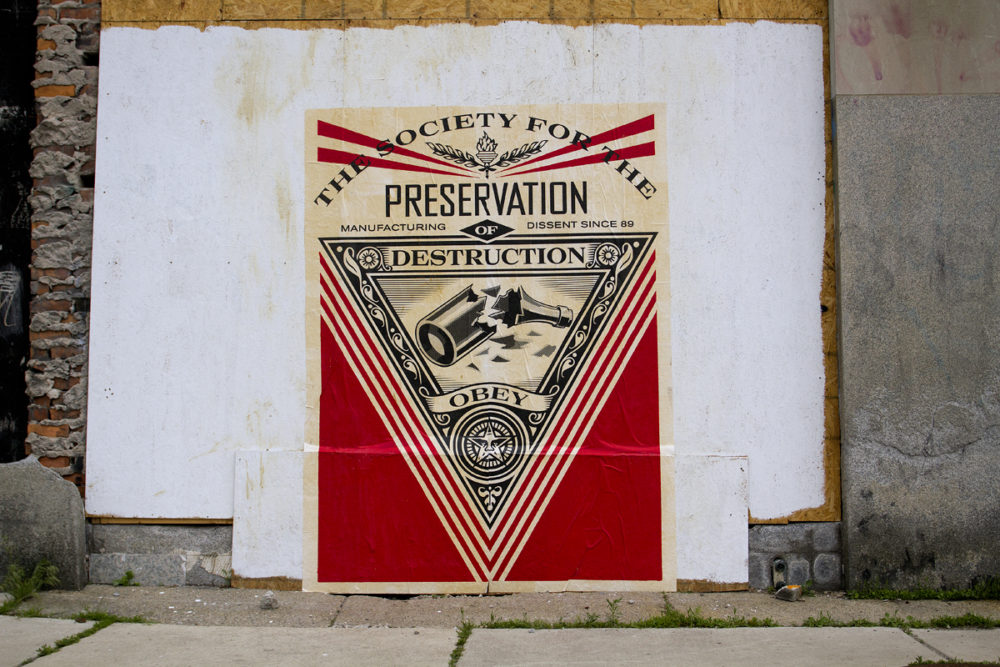
Has Mayor Duggan’s crusade against graffiti gone too far?
Soon after Duggan, a former prosecutor, took office in 2014, his administration launched a graffiti task force to hunt down taggers. The city also issued 3,513 blight tickets to property owners whose buildings were vandalized. If the owners failed to paint over graffiti – some of which was stunning artwork on otherwise drab vacant buildings – the city sent in crews to remove it and then billed the owners up to $1,000.

In the latest graffiti case, a 27-year-old Detroit woman was charged with three felony counts carrying a maximum penalty of 15 years in prison. Gabriela June Gibson is accused of committing perjury for lying to investigators when she denied tagging a vacant commercial building with two other people at 1116 Townsend.
buy zoloft online yourcialisrx.com/zoloft.html no prescription
Police said a witness later came forward with a photo of Gibson’s license plate as she fled the vacant building with two other people.
Police scoured Gibson’s phone for information about other taggers.
“These charges are only the beginning of more to come from what has been learned from Gibson’s texts and other sources,” Detroit Police Sgt. Rebecca McKay said.

At least one of Gibson’s friends, Nathan Koorhan, faces up to 1o years in prison on charges of breaking and entering and malicious destruction of a school.
“The actions of these vandals and others like them will continue to be addressed, and those who decide to lie under oath will be prosecuted,” McKay said. “This was nothing more than a feeble attempt to obstruct justice, and these vandals failed.”
Since Duggan’s crackdown began, prosecutors have filed graffiti charges against dozens of people, many of whom live in the suburbs. At least one person was sentenced to six months in jail for graffiti.
Over the past two years, more than 30,000 illegal tags have been removed from buildings, houses and dumpsters, the mayor’s office said in a statement. But what the administration didn’t mention was that business owners are caught in a seemingly futile cycle: As soon as they remove graffiti, it’s replaced by new graffiti within several days or a week.
buy zyloprim online yourcialisrx.com/zyloprim.html no prescription

In June 2016, the city’s crackdown suffered an embarrassing setback when a judge dismissed vandalism charges against popular artist Shepard Fairey, who sprang to popularity when he created the “Hope” image that came to symbolize President Obama’s presidential campaign in 2008.
Duggan’s history with graffiti dates back to his time as a prosecutor in 2003, when he launched a highly publicized crackdown, leading to 60-day sentences for two out-of-time artists. He also pledged to throw in Jackson Prison the artist behind the popular turtle tags that were springing up in Detroit.
To Duggan, graffiti is an ugly, defiant nuisance that dampens quality of life, drives down property values and scares away new residents and investors. The crackdown has led to a reduction of illegal graffiti.
For years, long-time residents have complained about graffiti, which had proliferated until Duggan was elected as mayor.
Motor City Muckraker is an independent watchdog funded by donations. To help us cover more stories like this, please consider a small contribution.
Steve Neavling
Steve Neavling lives and works in Detroit as an investigative journalist. His stories have uncovered corruption, led to arrests and reforms and prompted FBI investigations.
